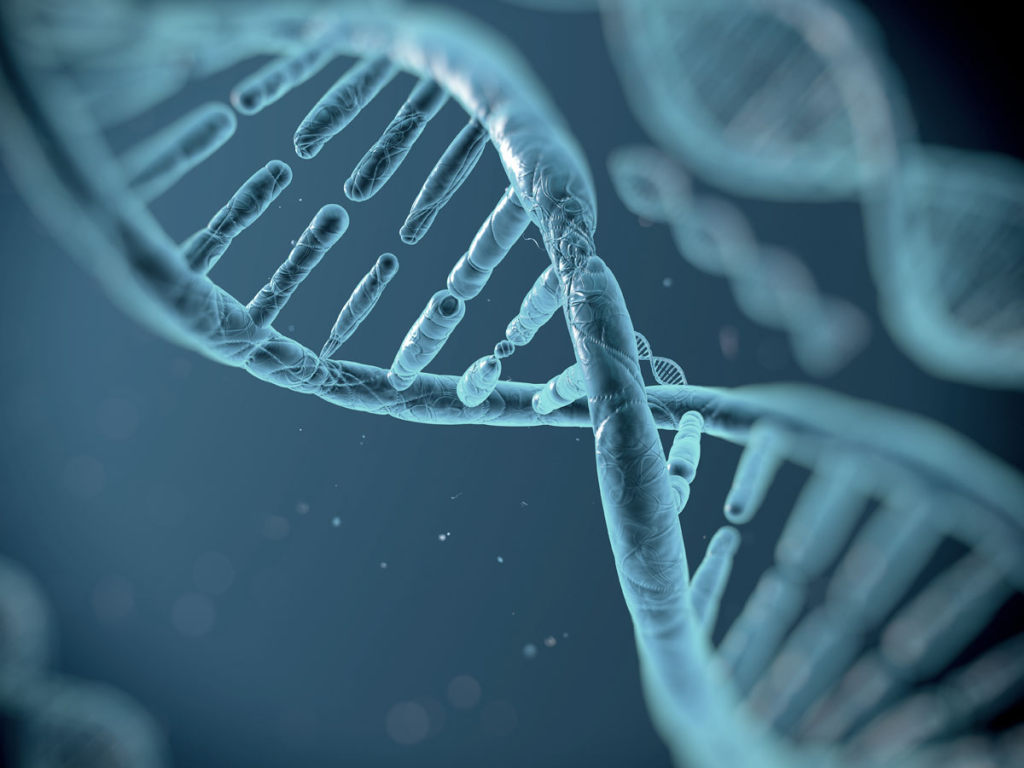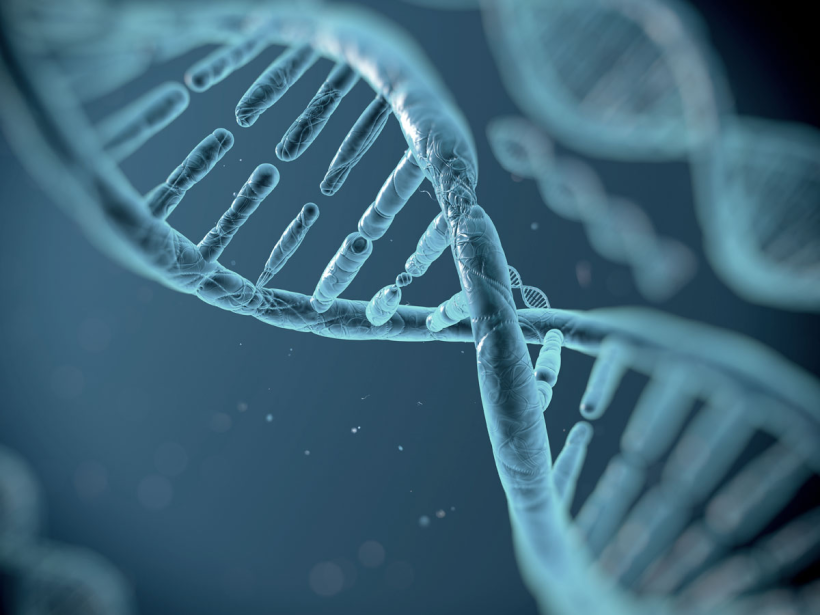
Cancer is perhaps one of the most feared words in the English dictionary and while great strides are being made in cancer research, it is equally important for the general public to educate themselves on the basic underlying causes of cancer. To this end, we will be quickly explaining the simplified basics of the connection between damaged DNA (deoxyribonucleic acid) and cancer. First off, what is DNA? Well, most of you are probably aware that cells are the building blocks of life and take care of numerous tasks within your body. These cells contain (among other things) DNA, either contained within the cell’s nucleus/command center (in eukaryotic cells) or free-floating in the cell (in prokaryotic cells), and this DNA exists in long double-helix (ladder-like) strands called chromosomes, of which there are 23 pairs in the cell nucleus. DNA is composed of genes and acts as a code that tells your body what to do, with the genes dictating the type of the cell, the cell’s behavior, growth, reproduction, and death. Unfortunately, sometimes genes will take on faults or mutations, which may arise from the natural progression of life & the processes in cells, may be hereditary, or may be caused by exposure to things such as tobacco smoke, radiation (including UV radiation from the Sun), some chemicals, and many other factors. Once the genes have been damaged, the cells can attempt to repair the faults, self-destruct, or your immune system may kill the cells…all to protect us from cancer. But what happens when the cells can’t or don’t perform the way they should? Unfortunately, this could mean cancer. But how does this happen? Oncogenes, which tell the cell to multiply, can cause uncontrolled growth and division of cancer cells if they are damaged. If tumor suppressor genes are damaged, they can fail to stop cell growth and division, allowing the cancer cells to continue spreading. Damaged DNA repair genes might no longer be able to immediately repair DNA damage through the production of DNA repair proteins, and thus gene faults may continue to stack up and lead to cancer. On top of this, self destruction genes would usually kill the cell through apoptosis once something goes wrong, but if these genes are damaged, faulty cells may survive and become cancerous. As can be seen, even from a fundamental viewpoint, the business of simply understanding cancer, let alone curing it, is a tricky one; however, as mentioned earlier, great strides are being made continuously in the fight against cancer! In fact, treatments are constantly becoming more refined and, overall, successful. While a single cure for all cancers is a long way off, it is quite possible that we will begin to see targeted cures within our lifetimes. The bottom line here is that the more we all educate ourselves on what may lead to cancer & what can be done to prevent it, the more we understand cancer (at least to some extent), the brighter our futures are!

